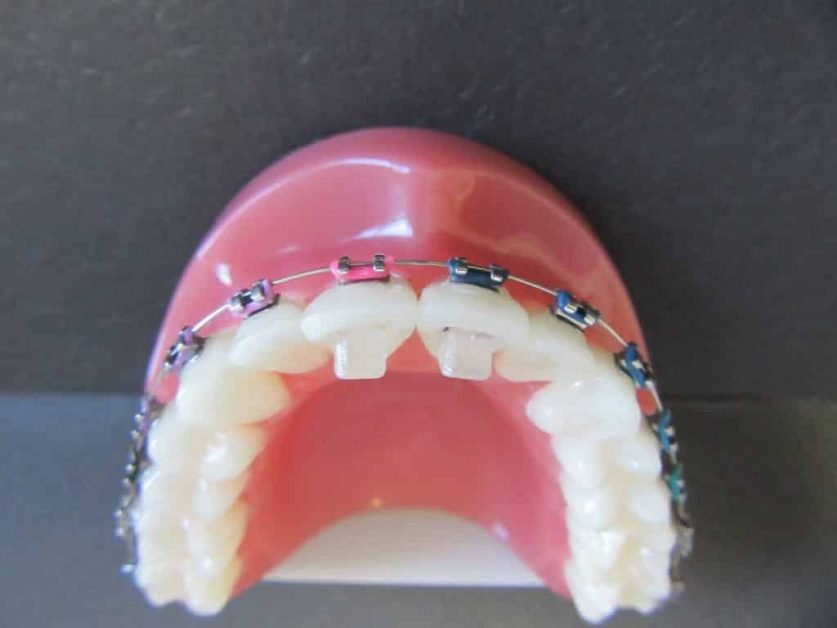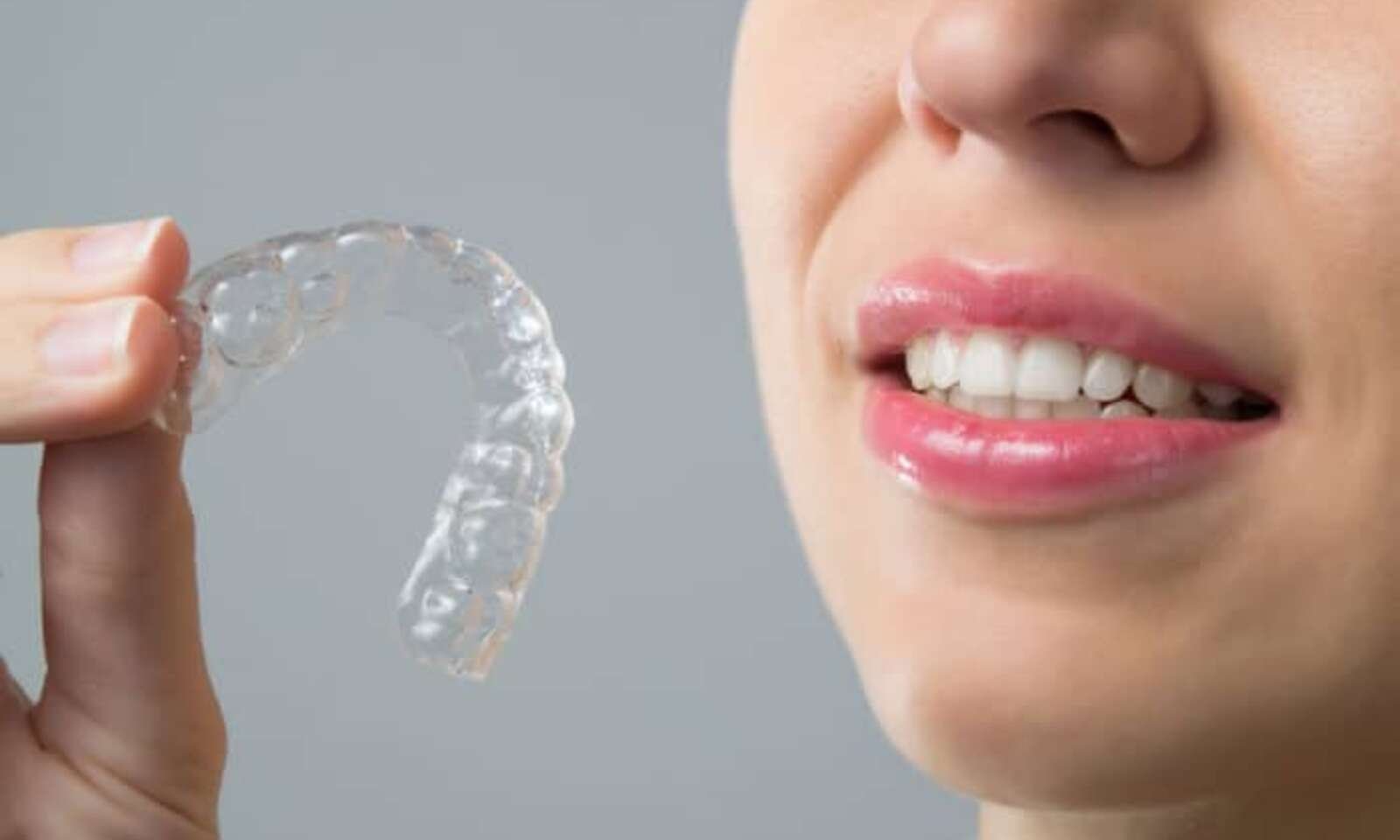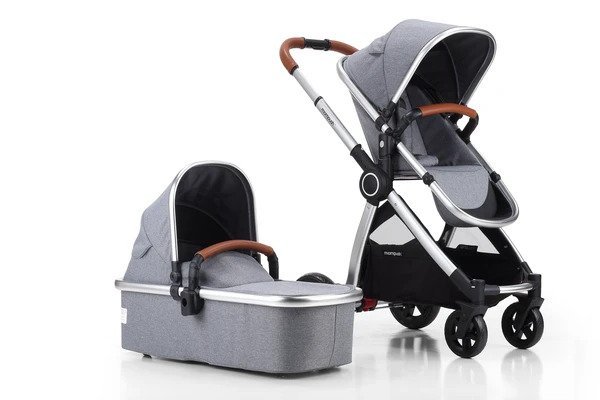Why Are Bite Turbos An Essential Part Of Dentistry?
To prevent you from fully biting down, bite turbos or bite blocks are often composed of acrylic and wire and fastened to the front or back teeth. The goal is to avoid contact between the upper and lower teeth while undergoing treatment. Your mouth is the perfect size for the bite turbos to fit. They can be made of different materials and have different colors, such as clear, red/pink, or other colors.
They might be spring-loaded or solid. Bite turbos can fit inside the front teeth and are L- or triangle-shaped, and a Miami orthodontist fixes them to the top of your back teeth. They can also be flat or mounded turbos. In short, you can adjust the biting turbos to accommodate various bites, including crossbites, underbites, and overbites.
Why do we need bite turbo?
Orthodontic therapy goes beyond simply straightening your teeth. Additionally, it’s about fixing your bite. Every time you chew or bite, your jaw or temporomandibular joint may be subjected to the undue strain if your bite isn’t properly aligned (TMJ). Additionally, it can hasten the loss of your teeth. Orthodontist in Miami aims to avoid or address any problems as soon as possible because they may result in discomfort when chewing, broken teeth, and other jaw difficulties or health problems.
Some patients’ bites result in their teeth sliding against one another rather than fusing on suitable surfaces. Because a hard bite might break brackets on new braces, this can be problematic for those wearing them, and bite turbos prevents it from happening. According to a South Miami orthodontist, they also work with your braces to help realign your bite, enabling your jaw to bite while protecting your braces from damage appropriately.
What are the side effects of using bite turbos?
Bite turbos may feel strange in your mouth when first implanted, but this should improve over time. Even yet, there are some adverse side effects that you could have once they insert a bite turbos.
Speech Problems
The bite turbos may alter your tongue’s position while speaking and resting until you grow used to it. As a result, if the bite block is lingual, you might initially talk with a slight lisp. Over time, this should become better! You can fast enhance your speech by practicing sounds to learn how to position your tongue on or around the biting turbo. Tell your best orthodontist Miami if you are having trouble speaking even after a few weeks.
Soreness
Your mouth may be sore, just as braces after placing a bite turbo. It forces your jaw to work As it retrains itself to bite correctly, it makes your jaw work a little more complicated. That implies that your TMJ and jaw may be sore. We can reduce minor discomfort with over-the-counter pain relievers. Additionally helpful are oral medications like Orajel or Anbesol.
Eating soft foods or foods that don’t need a lot of chewing during this time would also be beneficial. For the first week or so, mashed potatoes, smoothies, scrambled eggs, and salmon can be healthy choices.
Conclusion
We hope the above-provided information will help you understand bite turbos and how they work. For further details regarding bite blocks, please visit ivanovortho.com.












